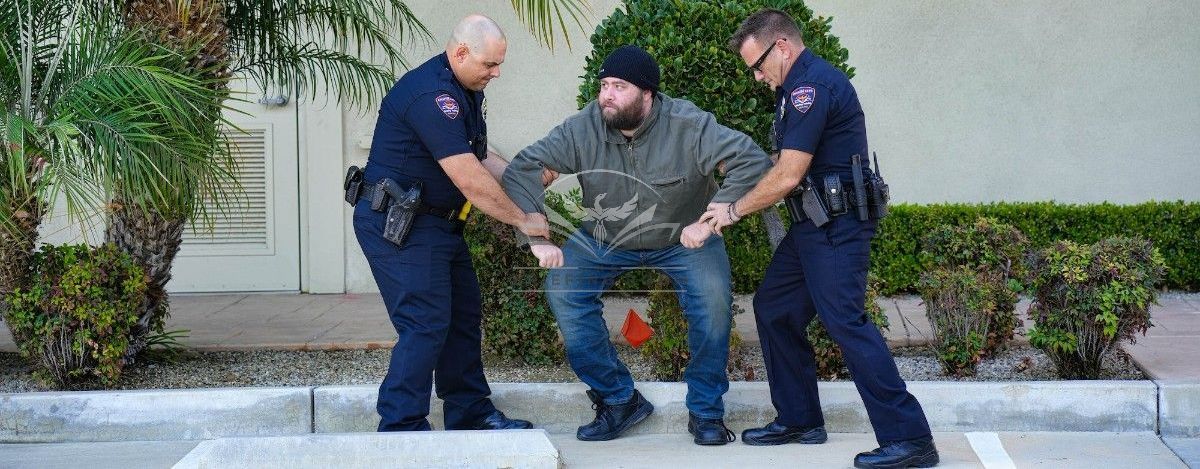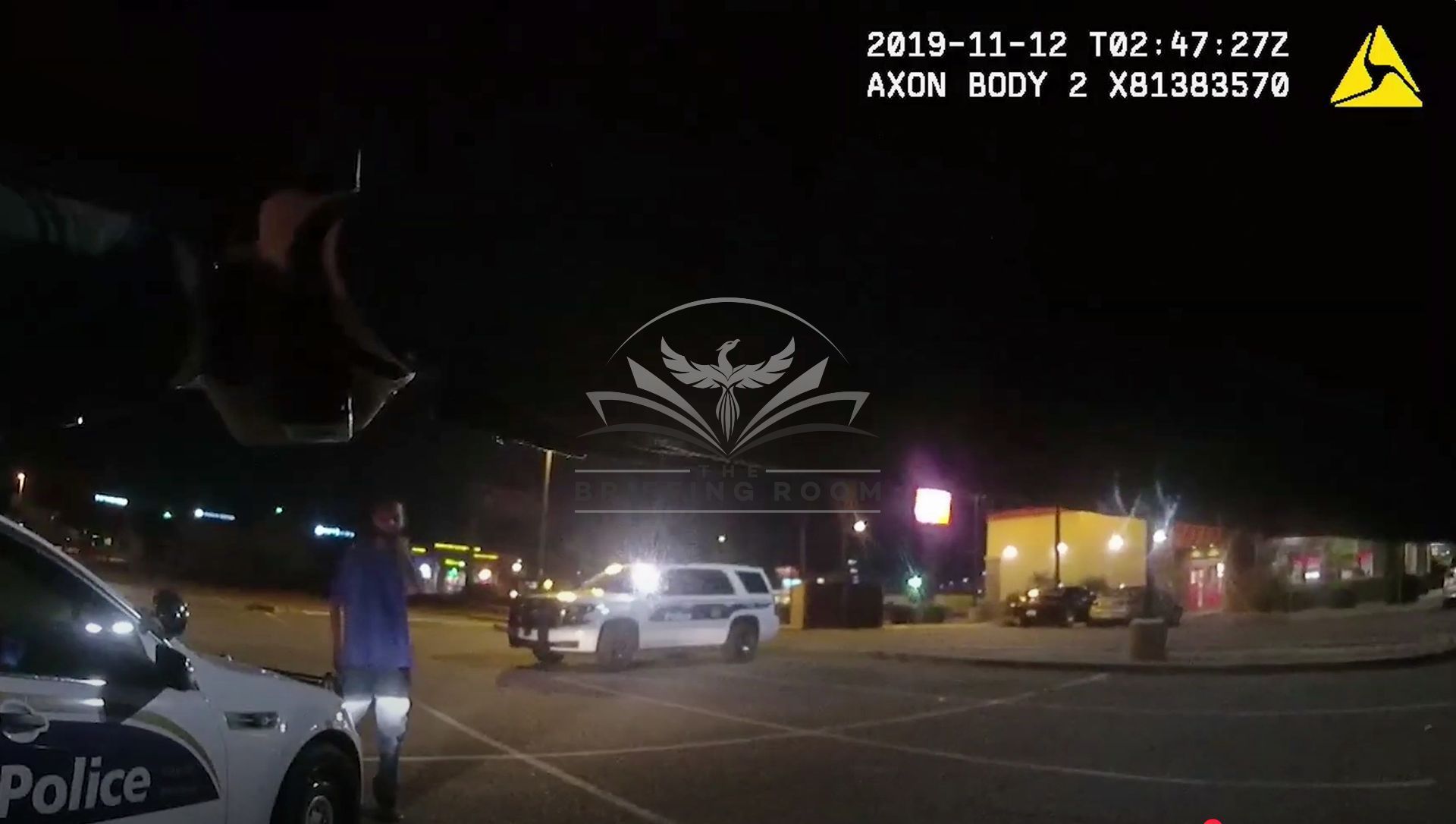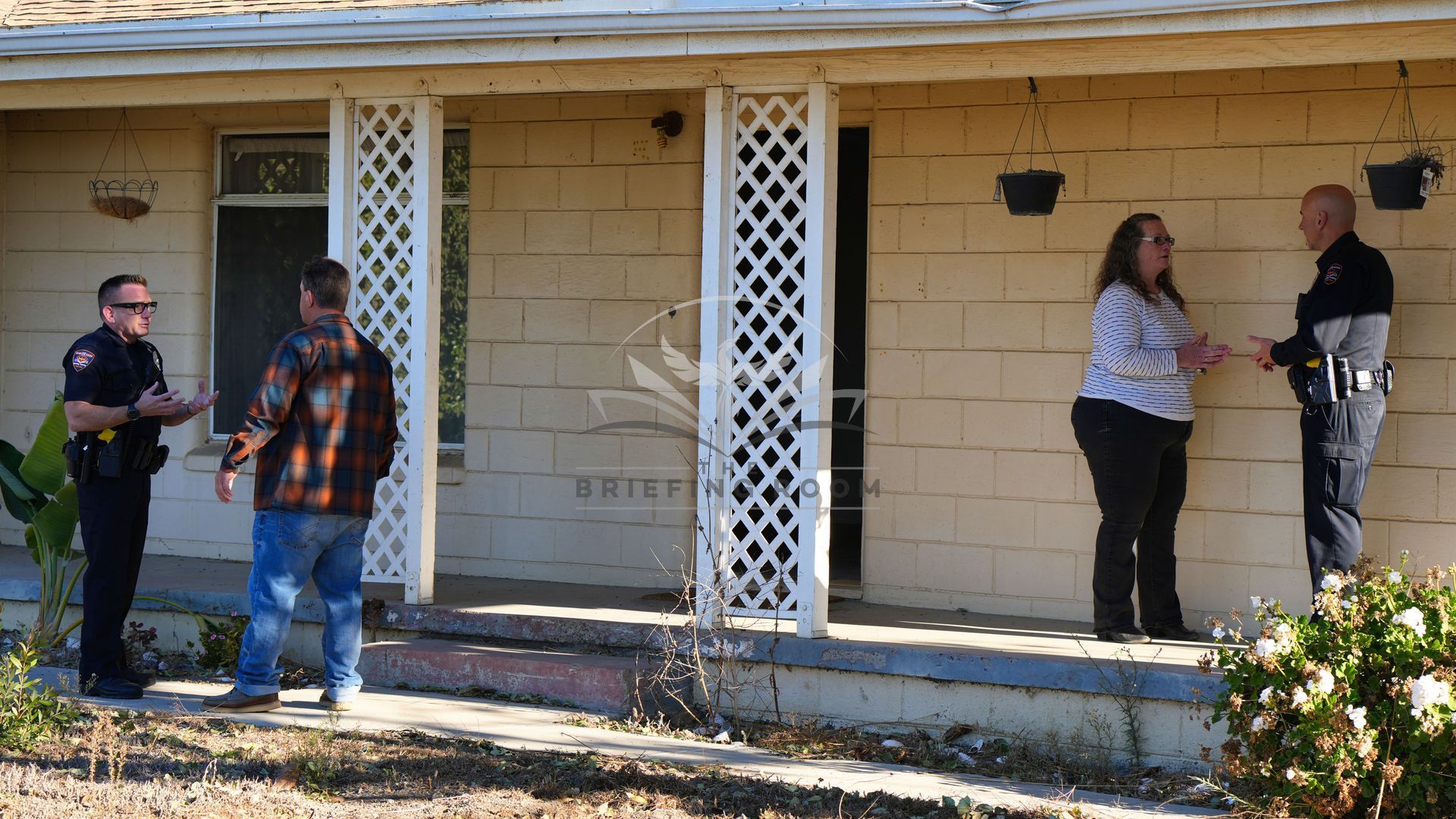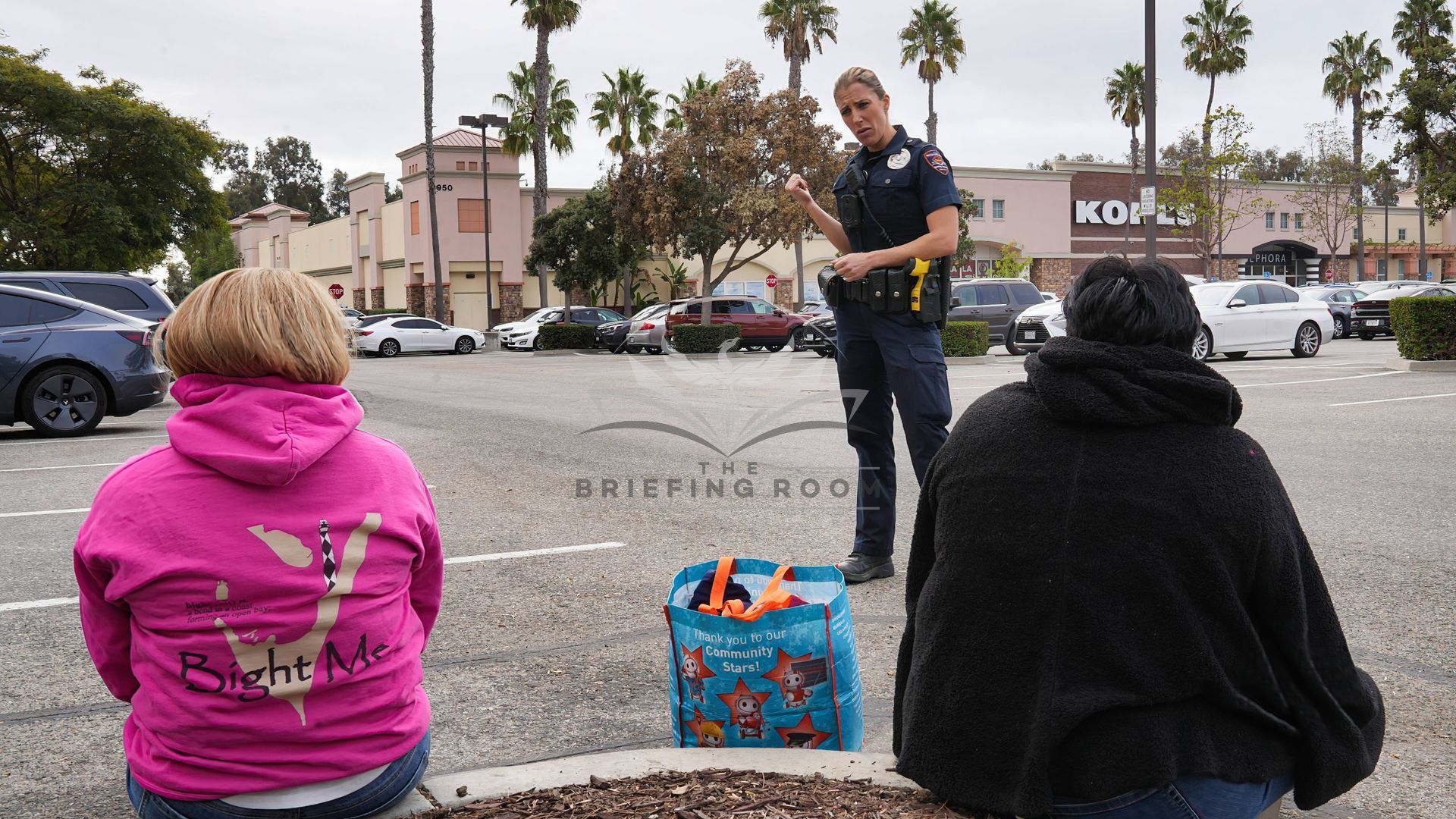Is it Passive or Active Resistance?

This post is only offered as a discussion topic only and does not represent legal advice. Officers must refer to the laws in their own State as well as their agency's policies, which can be more restrictive on officers that the law requires.
Scenario: An officer is making a lawful arrest of someone, but he resists when the officer tries to control him. One of the factors that directly affects the type of force the officer can use to control the person is the suspect's resistance level. In California, these levels are passive, active, assaultive, and life-threatening. Of those, perhaps the two most commonly confused resistance levels are passive and active resistance.
Is it Passive or Active Resistance?
Answer: California POST defines passive resistance as "A subject who does not respond to verbal commands but also offers no physical form of resistance". This is a person that is not following an officers orders but at the same time is not taking any actions to resist the officer. When the officer physically moves them, they go along with your directions. A passively resisting person may only be subject to non-deadly force such pain compliance control holds or techniques to direct movement.
On the other hand, active resistance from POST is defined as "Physically evasive movements to defeat an officer's attempt at control, including bracing, tensing, running away, or verbally or physically signaling an intention to avoid or prevent being taken into or retained in custody." This is the subject that physically resists an officer or states they will physically resist the officer. Some examples are a suspect running away from an officer, a suspect tensing their arms so the officer can't put their hands behind their back, or even a person lying on the ground with their arms tucked under their body and refusing to release them. These types of active resistance could warrant an intermediate use of force, such as a Taser or pepper spray, depending on the crime, threats and other totality of circumstances at play.
Knowing the difference between passive and active resistance is essential to understanding the reasonable amount of force a officer can use to gain control of any situation. Officers should protect themselves by knowing the difference.
The Briefing Room has a short training video available on this exact scenario so agency supervisors can easily train every officer in your agency on this essential topic.
90-Second Training Videos Your Supervisors Use During Briefing or Roll Call To Develop High-Performing Teams of Officers.
✅ Lower Liability
✅ Retain Officers
✅ Build Community Support
🌟 Produced Exclusively by Active-Duty Law Enforcement Instructors 🌟
© 2024 THE BRIEFING ROOM
Site Design by Solmark Creative | Development by Adam Wills Marketing



